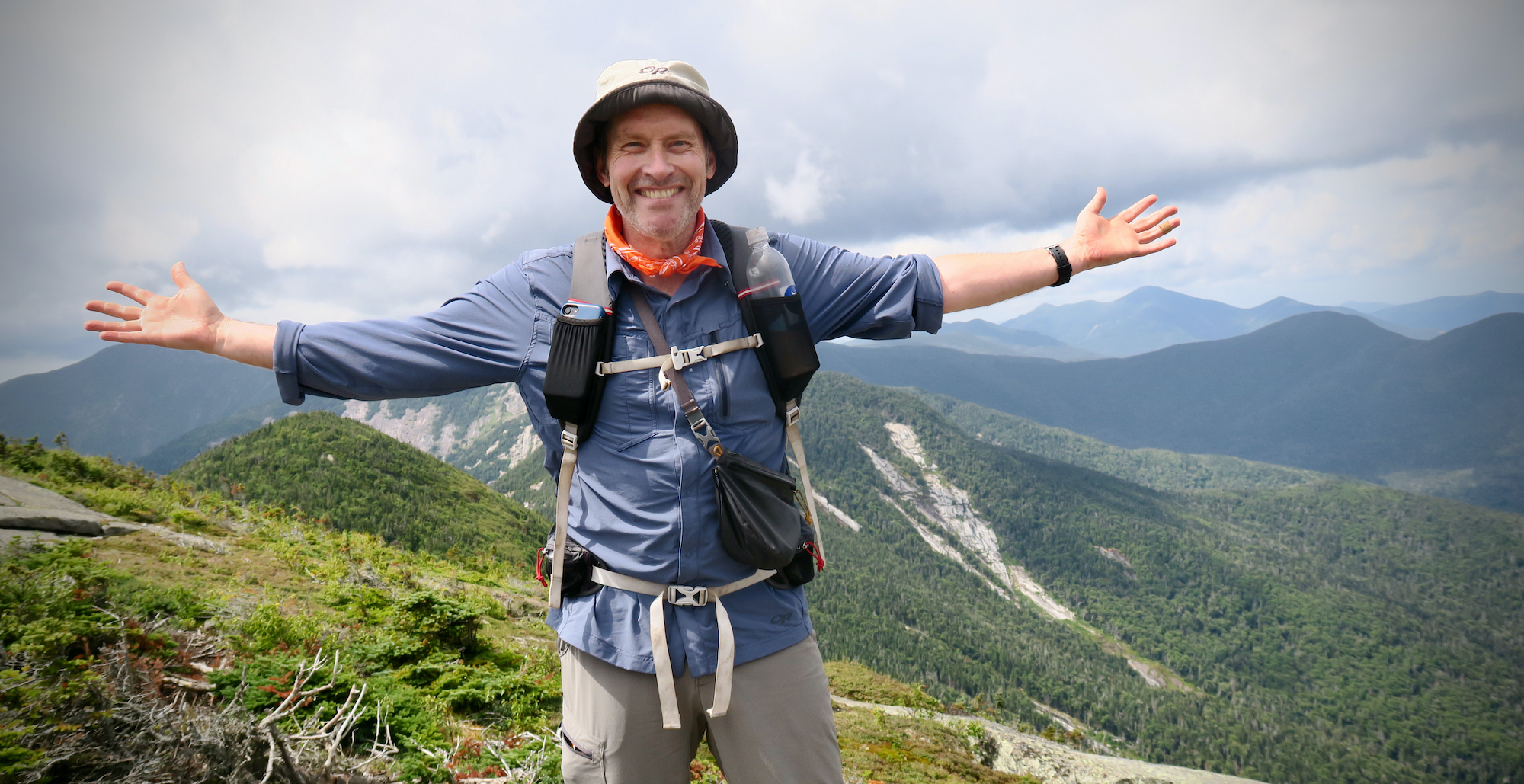My Gear – Four Decades in the Making
My Appalachian Trail gear choices were 37 years in the making
I have hiked more than 5,000 kilometres (3,100 miles for my American friends) over four decades, and my gear has changed massively as I learned and technology evolved. In the early 1980s, my pack base weight was around 20 pounds, and over the next decade, it ballooned to a crippling 50 pounds. Today it’s generally sub 10 pounds and my knees, heart, and soul love my “new” light and lean gear!
Although I have lots of hiking miles, I have never thru-hiked more than 15 consecutive days. So I want to briefly discuss what I believe are some of the unique needs of a long-distance thru-hiker and why I made my choices.
Food
On shorter trips, you carry all you need for whenever you need it. Resupplying is relatively new for me. During my thru-hikes of the Bruce Trail and Rideau Trail, there were plenty of resupply options within four days of hiking and thus my loads never were more than five days of grub!
In order to satisfy my planning instincts and reduce anxiety, I completed an AT spreadsheet identifying mail drop points, hiker hostels, and grocery stores. This homework helped my mental health. I now know (if my research is accurate), I never have more than seven days between resupply points (only twice) and in most cases, it’s less than three days.
This spreadsheet is ever-evolving and will be coming with me on the AT.
Changing Seasons
My clothing and gear will change with the seasons and ecosystems. I will be starting with cold-weather clothing and gear in Georgia, and as the summer arrives, much will be mailed home or hiker boxed. If all goes as planned, I will be at Katahdin by September and will no longer need cold-weather gear for the remainder of the adventure.
Sleep System
I have been testing pads, sleeping bags, and quilts in all sorts of temperatures and weather. This is important for most folks because we all sleep differently and have unique metabolisms. Not all 30º F quilts/bags provide the same insulation and will work for everyone. Plus not all sleep pads work as claimed, nor do they all couple with quilts as needed. Personal testing is the best way to know!
Kitchen
Gas, canister, alcohol, cold soak. There are so many options. The best way to know is with experience. I have gone stoveless for the last year and am lovin’ it. So I have chosen to cold soak and “East Coast dry soak” all 3,500 kilometres. What is East Coast dry soak you ask? Stay tuned for my self-discovered next level in UL camping.
Clothing
This deserves a full post. However, in short, each piece of clothing has been tested for hundreds of kilometres during many various conditions. They should work for me unless there is a weather apocalypse.
Dudley’s AT Gear
This website contains affiliate links, which means The Trek may receive a percentage of any product or service you purchase using the links in the articles or advertisements. The buyer pays the same price as they would otherwise, and your purchase helps to support The Trek's ongoing goal to serve you quality backpacking advice and information. Thanks for your support!
To learn more, please visit the About This Site page.




